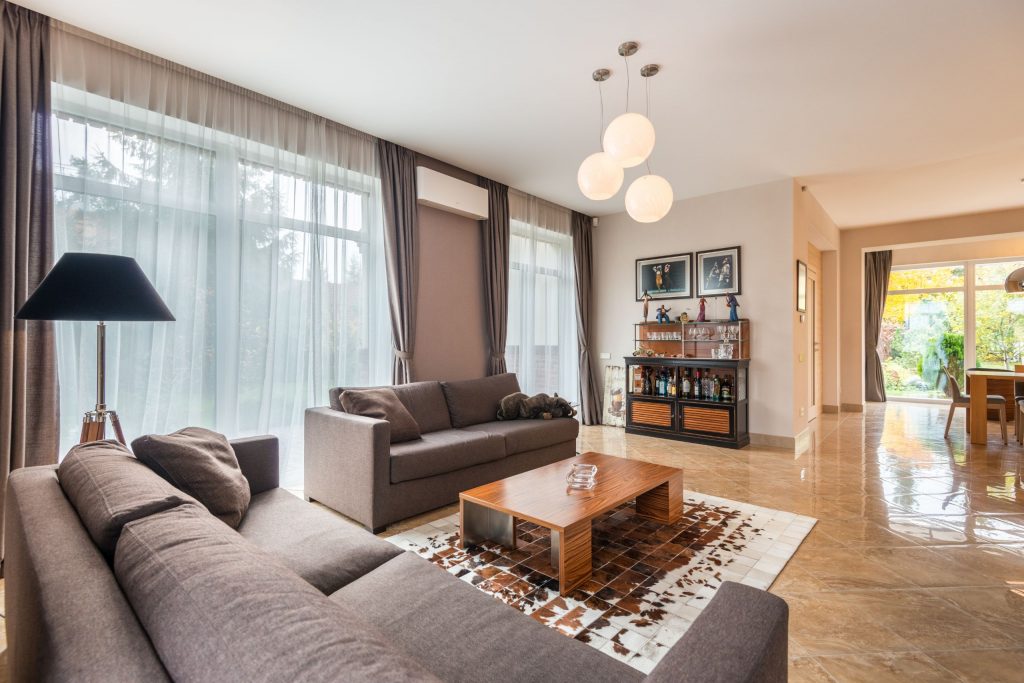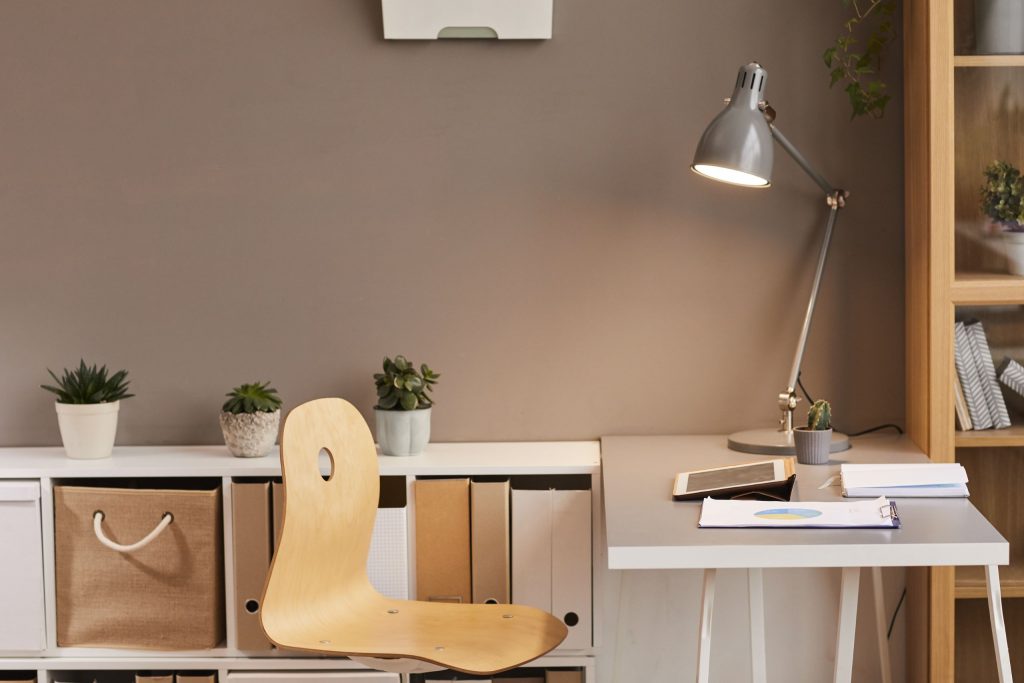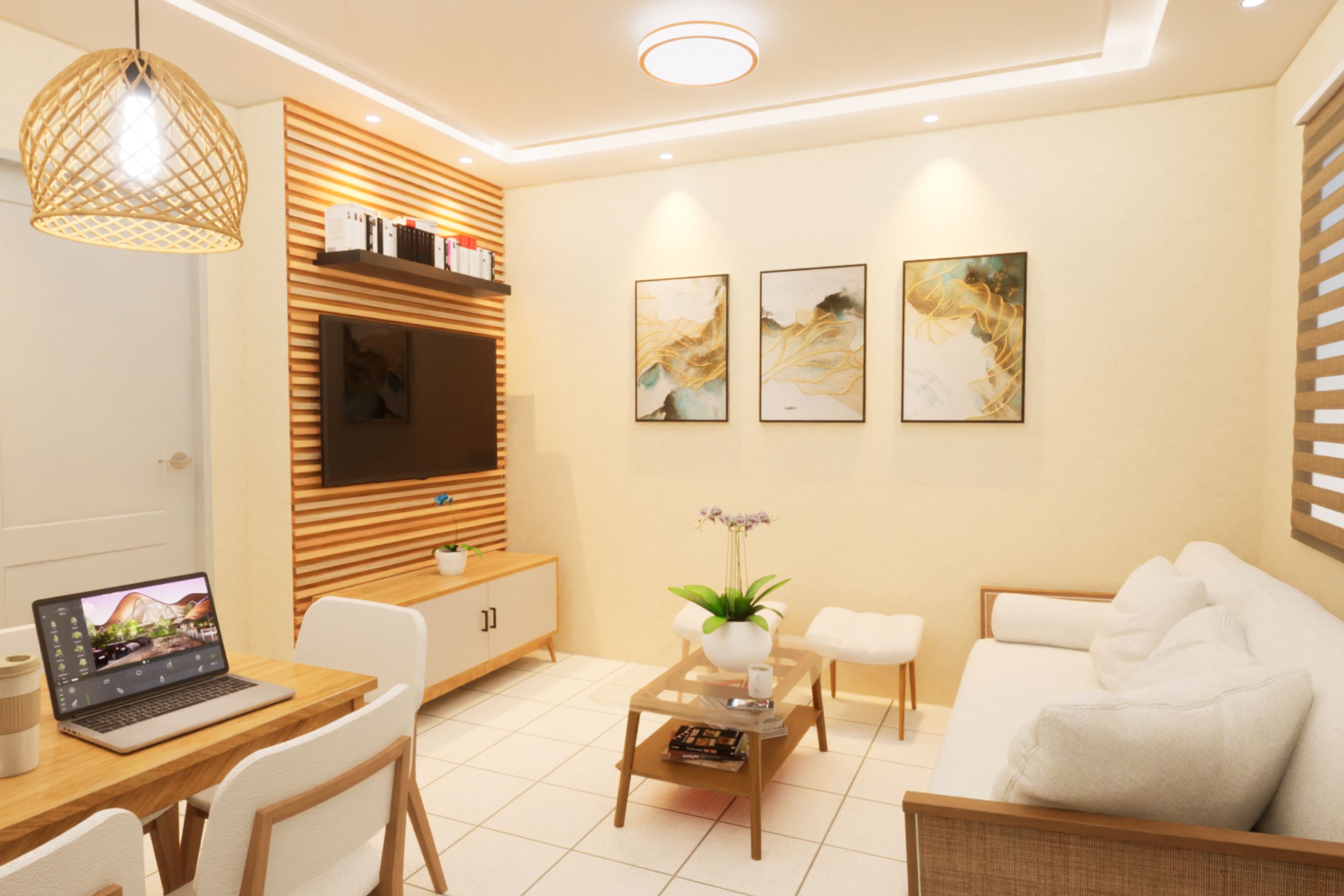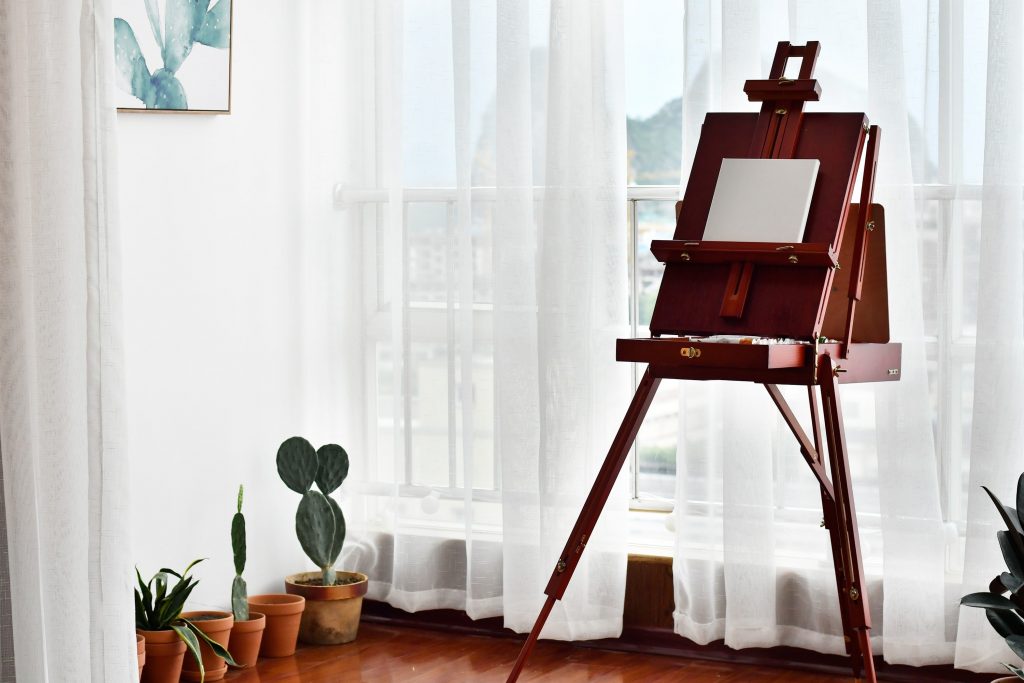Lighting significantly shapes the ambiance of rooms in a house, therefore affecting mood, utility, and appearance in each one of them. Good lighting may change a room to make it seem calm, welcoming, or energizing. Every area needs different lighting to serve its intended use; for example, soft, warm lighting in a bedroom encourages relaxation, while brighter, cooler lights in a kitchen help production and safety.
A balanced appearance requires layered lighting—comprising ambient, task, and accent lighting. Ambient lighting creates a suitable foundation level of illumination generally. Task lighting accentuates certain regions, hence improving usefulness for cooking or reading. Accent lighting accentuates architectural details or artwork.
Emphasizing the need of building harmonic surroundings that appeal both functionally and aesthetically, this essay will investigate how to choose the perfect lighting for various settings. Knowing the effect of lighting helps any house to be designed with the intended energy and elegance in every space.
Living Room: Creating a Cozy, Multi-Purpose Space
Appropriate lighting is very essential in building a comfortable and multifunctional living room to improve the space’s use and visual attractiveness. The basis is ambient lighting; magnificent chandeliers or fashionable ceiling lights create a warm and welcoming environment. These lights provide well-lit areas that fit leisure activities and social occasions.
About task lighting, floor or table lights have to be placed deliberately at reading points. The best place for reading a book or working on a pastime is a well-lit location including a comfortable chair and a concentrated light. Adjustable lights provide consumers flexibility so they may vary the light’s intensity depending on their requirement.
Including accent lights can improve the environment even more and provide depth and individuality. Using wall sconces or spotlights to showcase artwork or ornamental accents can help to draw attention to distinctive objects and provide visual appeal. This tiered lighting system not only improves the operation of the living area but also generates a warm atmosphere that attracts visitors to unwind and stay, thus really reflecting the core of a friendly house.

Kitchen: Bright and Functional Lighting for Cooking and Gathering
In the kitchen, good eyesight and a friendly atmosphere depend much on strong, useful illumination. Strong overhead lighting accentuates the whole space so that every corner is well-lit for cooking and entertainment, much as recessed or pendant lights do. This overall lighting determines both safety and efficiency as well as making kitchen navigation easier while cooking.
Just as important, task lighting should be placed under cabinets with consideration. This focused lighting provides enough brightness for countertops to make reading recipes, chopping vegetables, and performing other culinary tasks easier without wandering the eyes. Cooking comfortably and effectively depends on chefs focusing light where it is most required.
Including dimmable lighting will turn the kitchen from a workstation to an entertaining room. Dimmers let you smoothly go from brilliant dinner prep illumination to softer colors for a party. This adaptability improves the atmosphere of the kitchen, therefore increasing its appeal to visitors. Strong overhead lights, good task lighting, and flexible dimmers taken together provide a bright, useful kitchen fit for cooking and gathering.
Bedroom: Soft, Calming Light for Relaxation
Lighting the bedroom softly and calmly helps one to relax and improves sleep quality. First, you really need warm ambient lighting; think about adding soft-hued bedroom lights. Perfect for relaxing at the end of the day, these lights can softly shine over the room. Strategic placement of wall-mounted lights may provide extra reading illumination without overpowering the senses. These lights at eye level define comfort and efficiency.
Including dimmers into the lighting system allows one to adjust the brightness. Although softer lighting in late hours promotes sleep, a brighter environment might invigorate the place all day. As evening falls, turn out the lights to indicate the body it is time to unwind.
Stackable wall-mounted fittings and lamps provide additional cosiness and depth in lighting when ceiling lights are used. This mix allows consumers to surround themselves with what suits their tastes. All things considered, a well-lit bedroom with beautiful colors and movable brightness generates a calm atmosphere fit for sleep and rejuvenation.
Bathroom: Crisp, Clear Lighting for Daily Routines
In bathroom design, good grooming activities depend much on strong, natural lighting surrounding mirrors. Enough illumination improves sight, therefore guaranteeing accurate performance of duties like shaving, cosmetics application, and skincare. Particularly helpful is natural light as it accurately depicts colors, thereby enabling people to seem polished.
Lighting fixtures resistant to moisture are very necessary for best performance. Placed above vanities, LED lights are a common option as they not only resist dampness but also produce clean, white light that rather nearly resembles sunshine. High IP ( Ingress Protection) rated fixtures are perfect as they guarantee longevity in a moist surroundings.
softer lighting may be added in shower or tub sections to improve the experience even further. Users may change the mood with recessed lighting, pendant lights, or wall sconces with dimming capacity, therefore producing a spa-like environment. Perfect for lounging, warm-toned bulbs may provide a comforting touch. Combining gentle accents with strong task lighting improves both utility and peace of mind, therefore transforming the daily grooming process into a revitalising experience.
Home Office: Energizing Lighting for Productivity
Good task lighting is very crucial to improve output in a home office. Bright, concentrated job lighting—such as LED-bulb adjustable desk lamps—can greatly lower eye strain and increase attention. Choose cool white light-emitting bulbs to replicate sunshine and boost alertness. Correct light placement—ideally at a 45-degree angle from the workstation—helps to reduce glare on displays and improve vision.
One must carefully balance artificial light with natural one. Use adjustable desk lights to accentuate the sunshine coming in via windows, therefore enabling flexibility all through the day. Position workstations beside windows for best effects; steer clear of direct sunlight on displays.
Layering ambient lighting gives the workstation depth and cosiness. Combining floor lighting with above fixtures produces a harmonic setting. Use dimmable settings to change brightness depending on the time of day, therefore avoiding strong contrasts and shadows that could interfere with work. This multi-layered strategy creates a friendly environment that supports comfort and steady concentration throughout working hours.

Conclusion
Improving the purpose and ambiance of every space in a house depends on tailored lighting. Mood, output, and general comfort may all be greatly changed by the proper illumination. Homeowners may design areas that are not only beautiful but also useful by combining many lighting layers—such as ambient, job, and accent lighting. Experimenting with many kinds of fixtures, bulbs, and placements stimulates imagination and lets one personalize it, thereby producing a unique atmosphere fit for certain tastes. Every decision, from the warm, soft light in a comfortable living room to the strong, targeted illumination at a workstation, adds to a welcoming place. Accepting this adaptability in lighting design helps homeowners to change their environments and create remarkable experiences from regular rooms. Thoughtful lighting choices help a well-lit house to emphasize its beauty and serve its intended uses, therefore providing comfort, inspiration, and delight.



